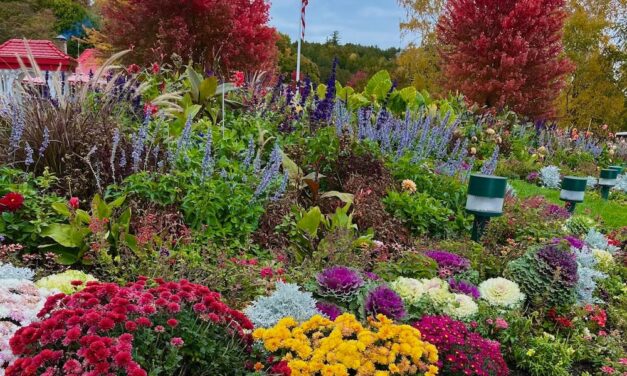Grateful for Nature
To achieve a fulfilling and balanced life, gratitude for all things is a necessary component. When we recognize the myriad ways that nature enhances our well-being, we begin to cultivate an attitude of gratitude that will permeate everything we do.
Read More












